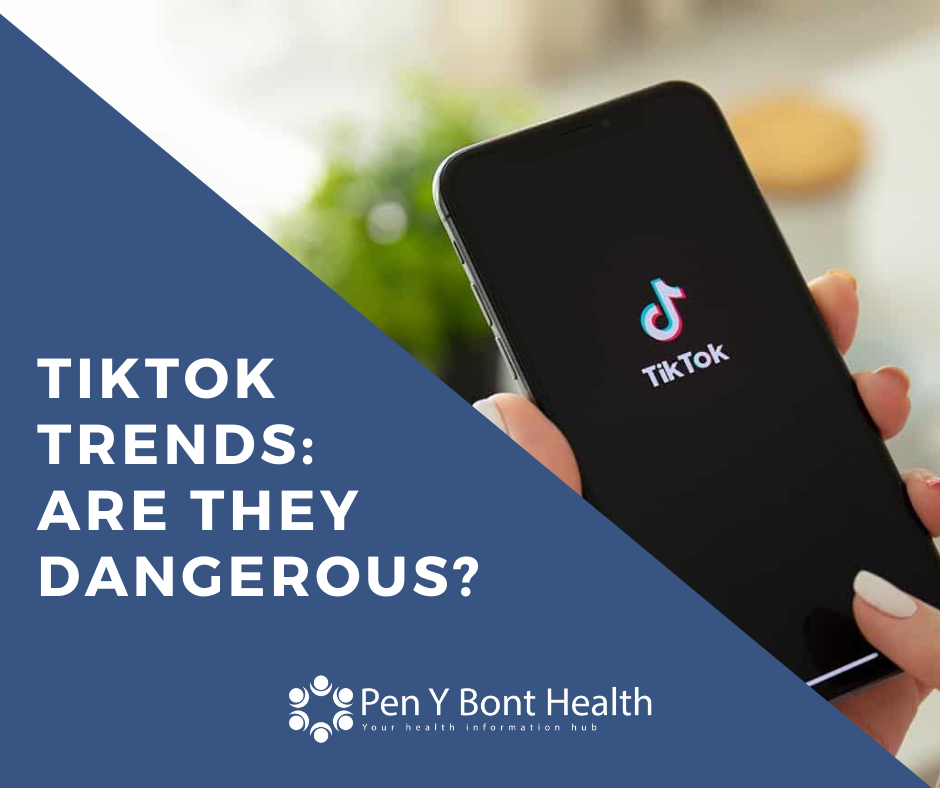
The video sharing app TikTok has become a lockdown sensation. With more children and young adults at home than ever it is naturally that social media users would increase – however is this safe?
What is TikTok?
TikTok allows users to create 15-30 second videos that usually are accompanied by popular music. The app allows users to use stickers, filters, and augmented reality to complete popular challenges and dances. According to Social Films, during March 2020 (when the first lockdown in the UK was announced) the app was downloaded over 115 million times worldwide and 745,000 in the UK, since then it has become a lockdown phenomenon with people leaving their jobs to become full time TikTok content creators. The app has become especially popular among young people and teenagers, due to its popularity TikTok is being compared to the likes of YouTube, Facebook, and Instagram.
TikTok Trends
Most of the content on TikTok is relatively harmless, not to mention that most of it is very creative, however there are some trends that have become popular despite them being dangerous.
Children and adolescents are very easily influenced by what they see. They believe a lot of what they see without questioning it and are up for trying out what they are seeing online, especially if people they know are partaking in the trends. Below is some of the trends that have been most popular over the past couple of years. Parents and guardians should be aware of these and where possible talk to children/teenagers/grandchildren etc about the potential dangers both physically and emotionally.
Black Out Challenge
This deadly TikTok trend consist of filming yourself holding your breath until you faint. Although to young children this may seem harmless or funny it has resulted in brain damage and death for some. This trend (and variations) have appeared before TikTok came along however more children are being influenced than before due to the accessibility of sharing and viewing videos from around the world.
Silhouette Challenge
This ‘challenge’ consists of a girl/woman standing in a doorway and posing in sexual positions while dancing to music. The backlit red light makes the girl appear as if she is a shadow as all the users can see if the silhouette of the girl. However, without the creator’s permission, people are taking advantage of these videos by putting filters and edits over the top of the videos that are exposing the full body of the girl. Obviously, this is worrying, especially with there being no way to see who has viewed your video.
Penny Challenge
This challenge to many will sound outrageous, it involves sliding a penny coin behind a partially plugged-in phone charger or phone plug. When a coin hits the metal pins it can cause sparking, damage and in some cases fires. A school in America recently had an incident with a student partaking in this challenge and the school had to be evacuated because a fire started.
Tooth Filing Challenge
This challenge is fuelled by young children and teenager’s insecurities. People who are insecure about their teeth have taken to filing them down to make them smaller and straighter. Dentists are begging children and teenagers to not do this as it can destroy the person’s tooth enamel and can cause long term problems. This just shows the extent young people are willing to go to when they feel insecure, it is only fuelled more when they see people that look like them doing it too.
How can you protect your children?
The same as any social networking site, without guidance and supervision the network can become toxic.
TikTok have developed since launching to protect younger children from some of the content on the app. For example, children under 13 cannot post videos or write comments, and all content is curated with them in mind. Obviously this all depends on whether your child has told the truth about their age on the platform – please urge them to do so.
It is recommended that users under 18 make their account private as well as control who can send messages and comment on posts. When using the app there is an area called ‘Digital Wellbeing’. Here you can set limits to how long a user can be on the app, restrict mature content and turn on family sharing so that your account can be synced with your child.
If you want more help and advice on how to keep your child safe online click here. Please share this article with other parents and help protect young people – we cannot prevent them growing up but we can help work to make them safer along the way!
